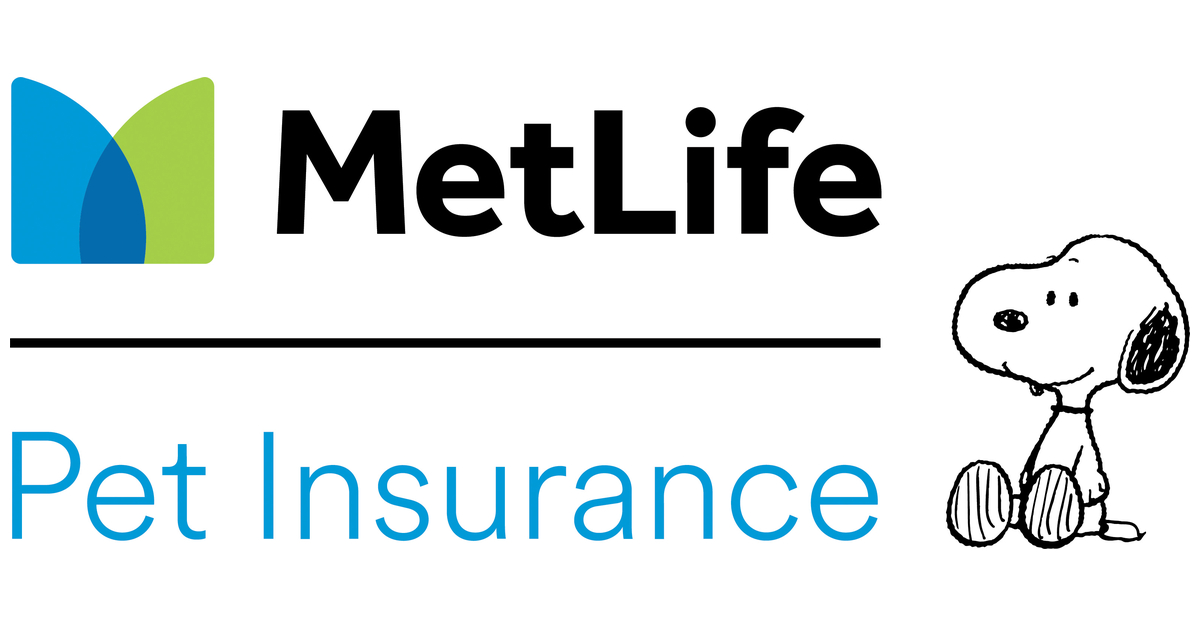Scabs on Dogs: Types and Common Causes

All featured products are chosen at the discretion of the GreatPetCare editorial team and do not reflect a direct endorsement by the author or reviewer.
Whether you see them or feel them during bath time, finding scabs on your dog can be concerning. Several dog skin conditions are associated with scabs. While some of these conditions are insignificant, others can be problematic.
How can you tell the difference? And, more importantly, what can you do about them? Keep reading to learn more about one of the most common dog skin problems.
What is a Scab?

A scab is a protective coating that forms over damaged skin. Almost anything that damages your dog’s skin or leads to a break in the skin’s surface can lead to scabs.
When your dog’s skin is damaged, platelets rush to the injured area. Platelets are specialized blood cells that circulate in your dog’s blood. They come together at the site of injury, clumping together with other substances to create a protective bandage for your dog’s skin wound.
Once your dog’s skin wound has healed, the scab usually falls off on its own.
Types of Scabs on Dogs

Dog scabs can take on a wide variety of appearances, depending on their cause and the affected area of skin. Learn more about some of the most common types below:
Crusty scabs on dogs often look less like distinct wounds and more like a broad region of scabbiness. For example, your dog may have crusty scabs across his entire back. In general, crusty scabs originate from underlying skin condition or internal disorder like:
- Allergies
- Parasites
- Bacterial infection
- Fungal infection (e.g. yeast infection)
- Hormonal imbalances
Black scabs on dogs can occur, but it’s important to ensure that you genuinely see a scab and not some other skin lesion. Dogs with fleas often have small black specks (called flea dirt) in their coat and skin. These black specks are not scabs but flea feces and flea eggs. Smooth black lesions on a dog’s skin are often caused by hyperpigmentation. This is harmless darkening of the skin that can occur after chronic inflammation.
Raised scabs can occur for various reasons, including trauma to a healing wound or constant scratching. But they also can point to more problematic causes. If you see a significantly raised scab, this could indicate your dog has a skin mass that has become inflamed or infected. Dogs are particularly susceptible to these complications if a wound was not properly cleaned.
Yellow scabs on dogs may suggest the presence of seborrhea. Dogs with seborrhea often have generalized skin disease, resulting in widespread yellow, flaking scabs. Other conditions can also cause yellow scabs.
Red scabs on dogs often suggest that there has been active bleeding at the site. This is more commonly seen with skin wounds, such as puncture wounds or abrasions.
Itchy scabs on dogs are relatively common. Many dog scabs are associated with allergies, parasites, or infections. All of these conditions can cause itchy skin.
Causes of Scabs on Dogs

Scabs can develop for many reasons and can form any time the skin is injured. If your dog is bit by an insect, a small scab may form at that site. It’s not uncommon to see tick or flea bite scabs on dogs who spend a lot of time outdoors without appropriate parasite prevention.
If your dog runs through dense brush, they may develop scabs at areas where branches or thorns scrape their skin. A dogfight or scratches from a cat can cause scabs, as can self-trauma or excessive itching.
Widespread scabs and/or scaly skin are often caused by underlying allergies or a dog skin infection. Allergies to fleas, food proteins or environmental allergens (like pollen) can lead to widespread skin inflammation. When the skin becomes inflamed and damaged, scabs often develop. Allergies also predispose dogs to skin infections, contributing to the formation of scabs.
Scabs can also occur in association with less common diseases. Skin cancer in dogs occasionally presents as a chronic, non-healing scab. Some autoimmune diseases (such as lupus and pemphigus) can also lead to the formation of scabs on the skin.
Talk to your veterinarian if you notice any non-healing scabs. These may suggest a more serious medical concern.
Common Areas Where Dog Scabs Appear

Scabs can appear anywhere on the body, but certain areas are more likely to be affected. In some cases, the location of the scabs on your dog can provide clues about the cause of the scabs:
- Belly and back. Allergies often cause widespread scabs on a dog’s belly and back. Scabs associated with allergies are often accompanied by hair loss, itching and skin redness.
- Armpits and sides. Scabs caused by self-trauma (excessive itching) tend to form in the armpits and along the sides of the body. These are areas where the dog can vigorously scratch themselves with their hindlimbs.
- Ears. Scabs on dogs’ ears may suggest the presence of an ear infection. In some cases, itching in the ears is not caused by an infection and is also due to allergies.
- Nose. A scab on a dog’s nose can have several different causes. Some dogs rub their noses against their crate door, and this trauma can result in a scab. Dogs that like to dig and nose around in the dirt may develop ringworm on their nose, leading to a scab. Some canine autoimmune diseases can also cause scabs on a dog’s nose.
Treatment for Scabs on Dogs

If your dog has a single, small, isolated scab, it was likely caused by trauma. As long as it is not inflamed, swollen, or causing your dog pain, treatment is probably not necessary.
But if the scab becomes inflamed or your dog is licking it, see your veterinarian. To treat an infected wound or scab, your vet may prescribe an antibacterial, anti-inflammatory, and anti-fungal ointment, such as Animax. And, whether or not the skin is infected, an Elizabethan collar or an alternative solution may be in order to prevent excessive licking and scratching.



Do not try to treat widespread scabs at home. These scabs likely reflect an underlying skin disease that need a veterinarian’s diagnosis.
Your veterinarian will perform a thorough physical exam. Then, your veterinarian can make appropriate treatment recommendations. This plan may include prescription antibiotics, an allergy medication like Apoquel, or a medicated shampoo like Sebozole.


General Cost to Treat Scabs on Dogs
This section features an affiliate link, meaning GreatPetCare may earn a small commission if you click through and make a purchase.
Scabs are a normal part of the healing process, but there can be costs involved in treating them. Your dog may wear an E-collar or similar alternative to prevent licking the scabs. The cost of cones and cone alternatives vary.
A typical E-collar for a 40-pound dog costs between $10 and $20 from most online retailers. Less bulky, more comfortable dog cone alternatives cost between $20 and $40 on average.
If scabs result from pyoderma, a mild case costs between $200 and $400 to treat. This includes the veterinary visit and exam, skin cytology and culture, and care.
Treatment costs for most scabs on dogs will be related to antibiotics, any oral medications for allergies or skin sensitivities, and medicated shampoo. On average, prescription medication shampoos for dogs range between $10 and $40.
Pet health insurance such as MetLife Pet Insurance may help offset veterinary costs. What starts as a minor issue can indicate something larger or widespread. Depending on the plan, terms, and conditions covered, you’ll save from having to pay huge out-of-pocket expenses.

- Get up to 90% of your bill reimbursed.
- No breed exclusions or upper age limits.
- Coverage for accidents start immediately.
How to Prevent Scabs on Dogs

There are two basic ways to prevent scabs on dogs: limit injuries and keep your dog’s skin healthy.
To reduce the risk of skin wounds, limit your dog’s time in risky outdoor areas. A fenced, well-kept, grassy backyard is unlikely to result in skin wounds. But dogs that run through woods and dense brush are at higher risk of skin injury.
You can also minimize your dog’s exposure to biting insects by using a prescription parasite preventative, such as Credelio Quattro, which covers six types of parasites in one chewable tablet.

Parasite prevention also comes in topical treatments you can apply directly to your dog’s skin, such as fast-acting and long-lasting Bravecto topical solution.

Keeping your dog’s skin healthy can mean different things for different dogs, depending on their needs. For most dogs, feeding a high-quality diet and ensuring that your dog is bathed every month or so will do the trick.
However, some dogs (and their skin) are a little more high-maintenance. If your dog has skin allergies, work with your veterinarian to determine the best skin health maintenance plan for your dog. This may include a therapeutic diet specially formulated to promote skin health, such as Hill’s Prescription Diet Dog Derm Complete, which is the only diet designed to address both food and environmental allergies.










